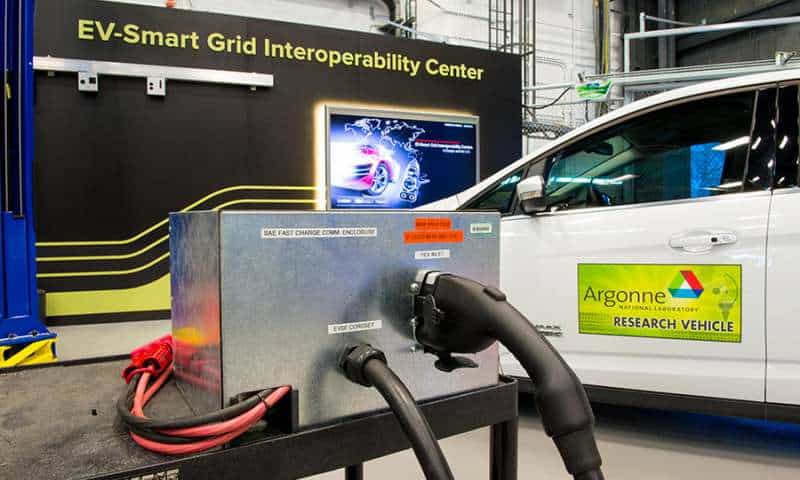
A team of academic researchers is seeking clarity on predictive plug-in electric vehicle (PEV) models. An examination of more than three dozen studies is providing some meaningful insights.
“The value of the models is not in their predictive power, but in connecting ‘important’ factors in a way that enables us to construct some possible future based on what we know about consumer behavior and other factors,” said Thomas Stephens, a researcher at the U.S. Department of Energy’s (DOE) Argonne National Laboratory, who co-led the study.
To gain a better understanding of the PEV market, Argonne conducted a review of 40 automotive market diffusion studies from 16 countries, including the United States, Germany, China, South Korea, the United Kingdom and Ireland. These studies modeled the decision factors that drive consumers to purchase PEVs: vehicle and energy prices, operating costs, available charging infrastructure and range, among others.
These modeled considerations, and their order of importance, varied by country. For instance, many U.S. market penetration models considered vehicle price and operating costs to be very important, while German models listed energy prices and charging infrastructure as the primary considerations.
The studies that Stephens and co-authors reviewed provided vastly different projections of future PEV market shares, mainly in the U.S. and Germany. Estimates ranged from a few percent to more than 50 percent by 2030. This disparity results, in large part, from the models’ diverse assumptions about market conditions, vehicle and fuel prices, and other factors.
“We found that many models handled factors very differently or even neglected some that seem to be important, so a wide range in market projections is not surprising,” Stephens said.
The study focused on addressing the following specific questions:
- What are the projected market shares for a particular region?
- What are consumers’ primary purchase considerations?
- What is the effect of rebates, tax credits, battery research and development and high-occupancy vehicle lane access?
- What is the potential effect of PEV sales on petroleum demand, emissions and demand for electricity?
Though researchers cannot predict if or when PEVs could reach a tipping point in the U.S., they can help identify factors that could speed or hinder the adoption process, according to Stephens.
Based on their study, the team offers several findings for future PEV models that address important considerations neglected by many of the models they reviewed: the limited range, available charging infrastructure and the technological and projected cost improvements of batteries over time.
Other contributors to the review, published in a report titled “What drives the market for plug-in electric vehicles? – A review of international PEV market diffusion models,” were from the Fraunhofer Institute for Systems and Innovation Research ISI, DOE’s Oak Ridge National Laboratory and the German Aerospace Center, Institute of Vehicle Concepts.
